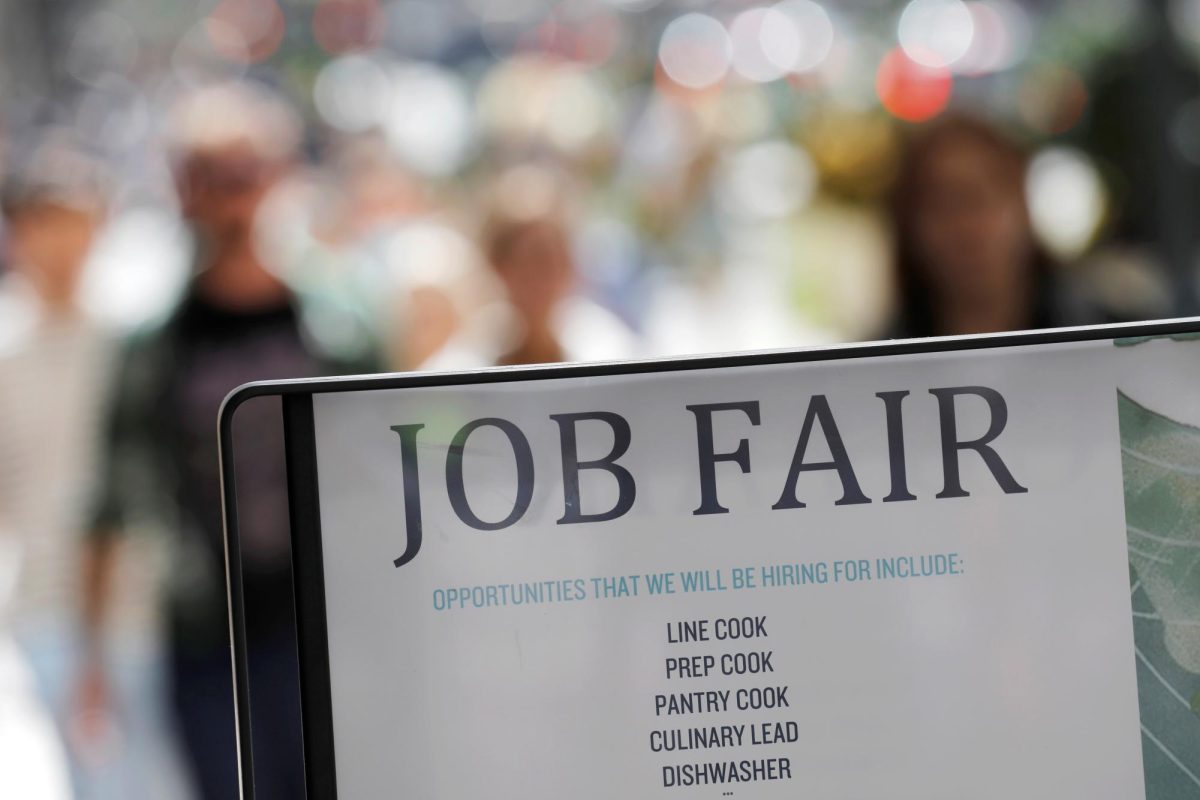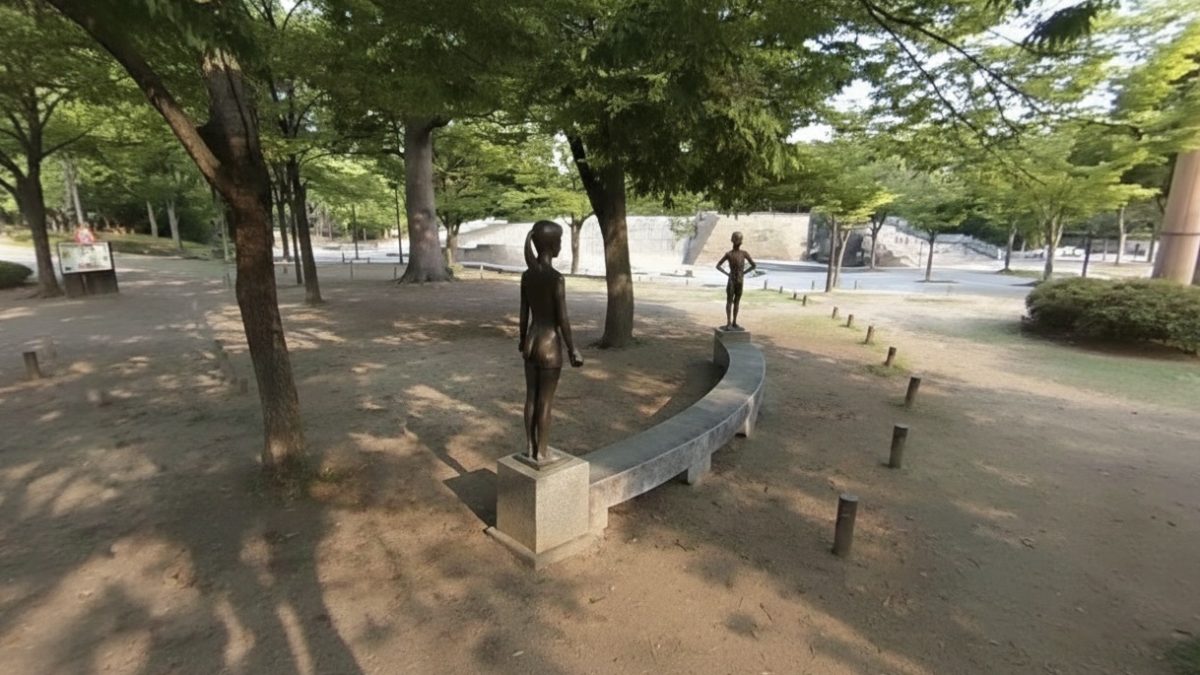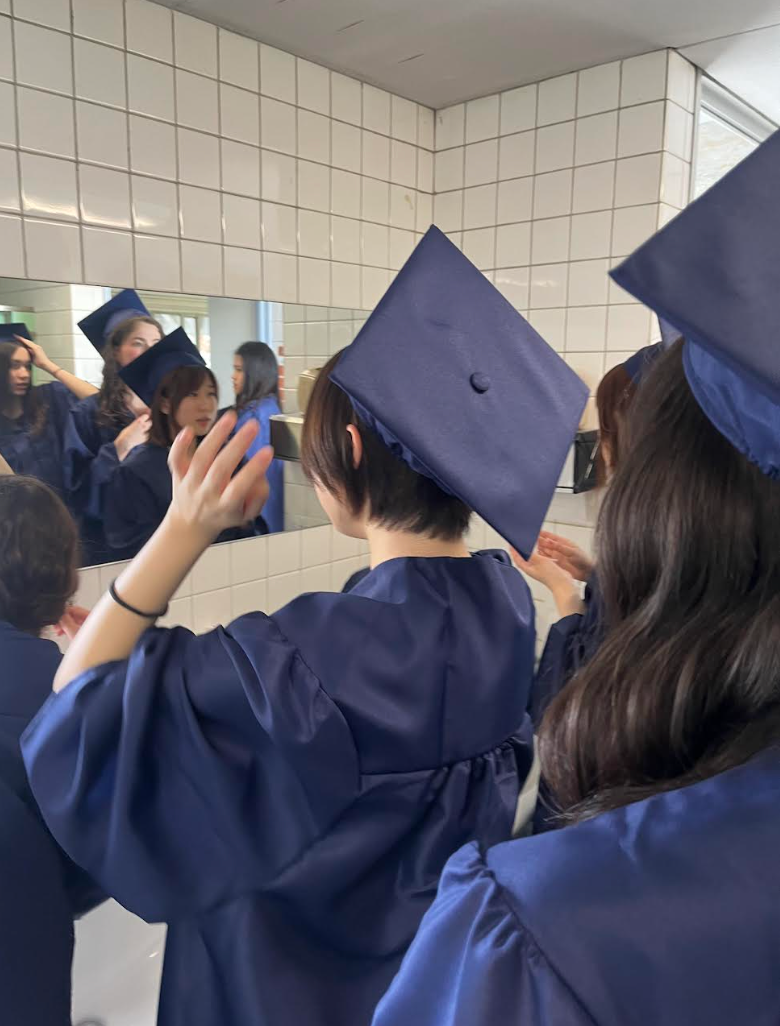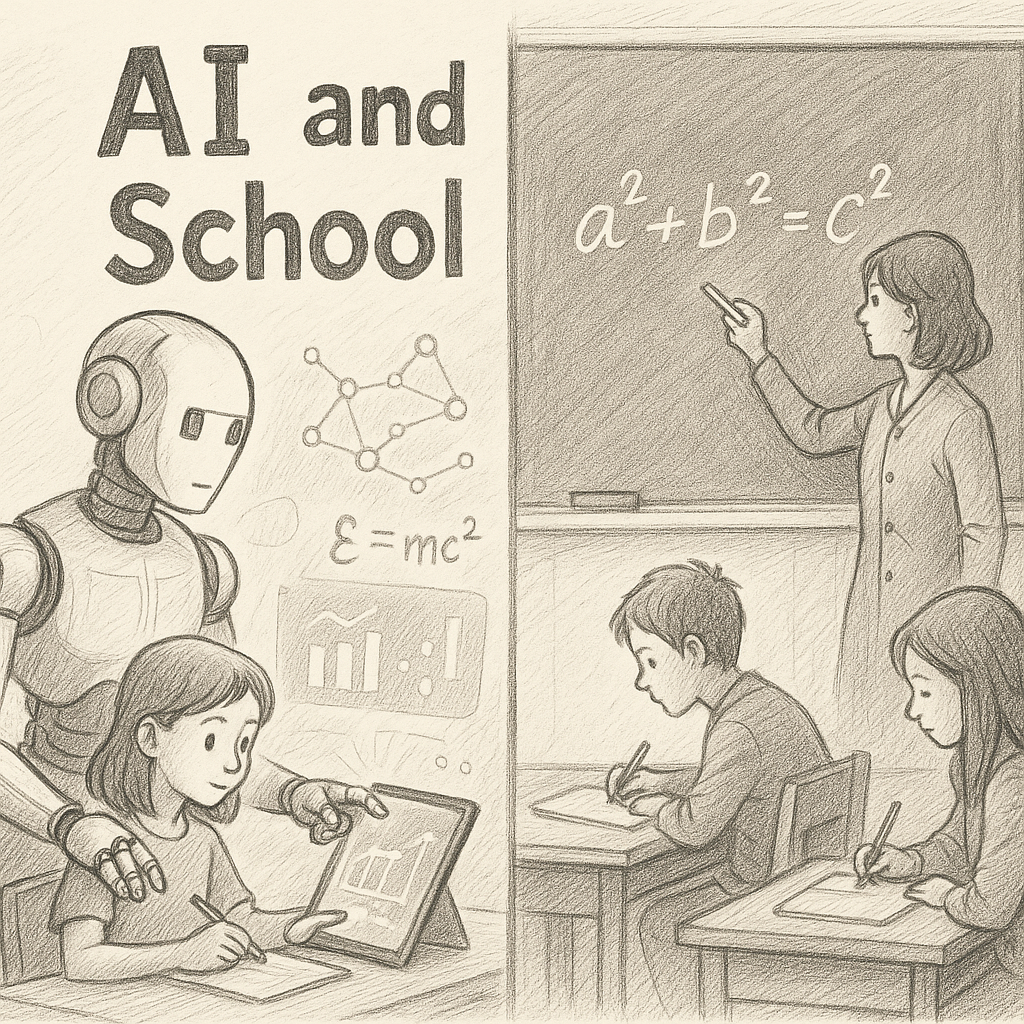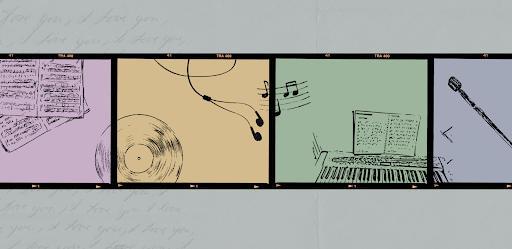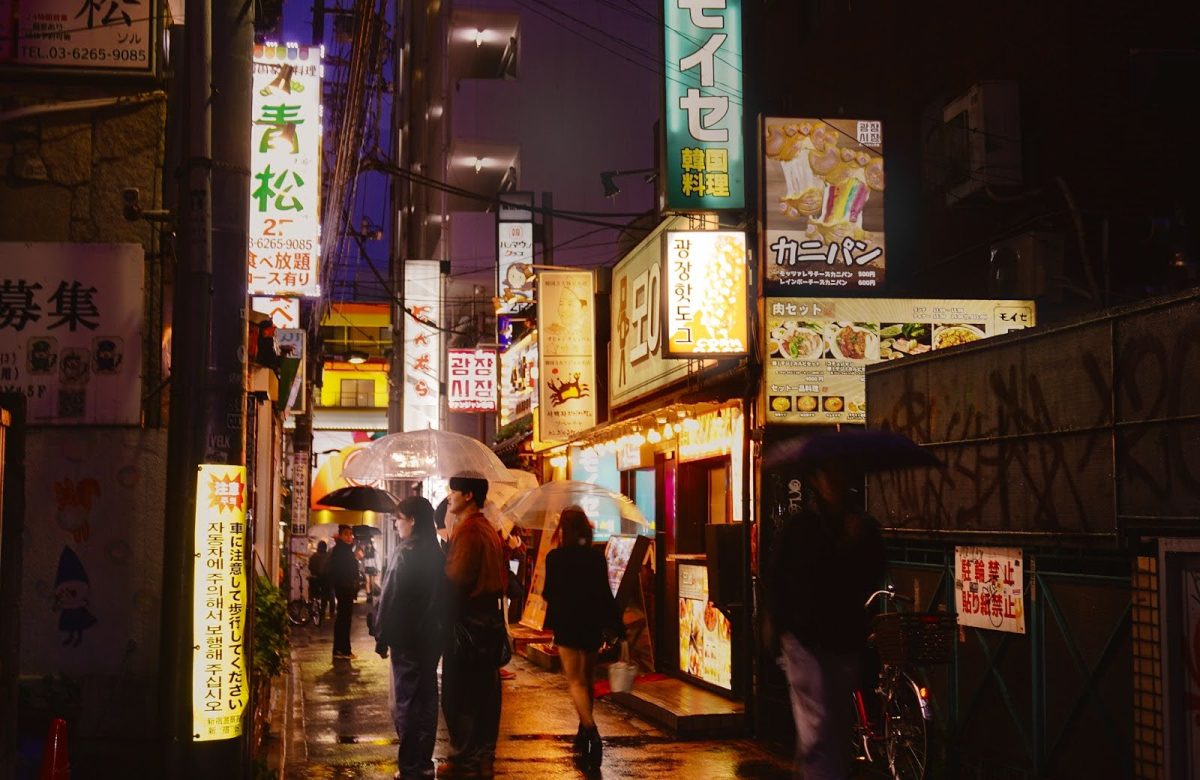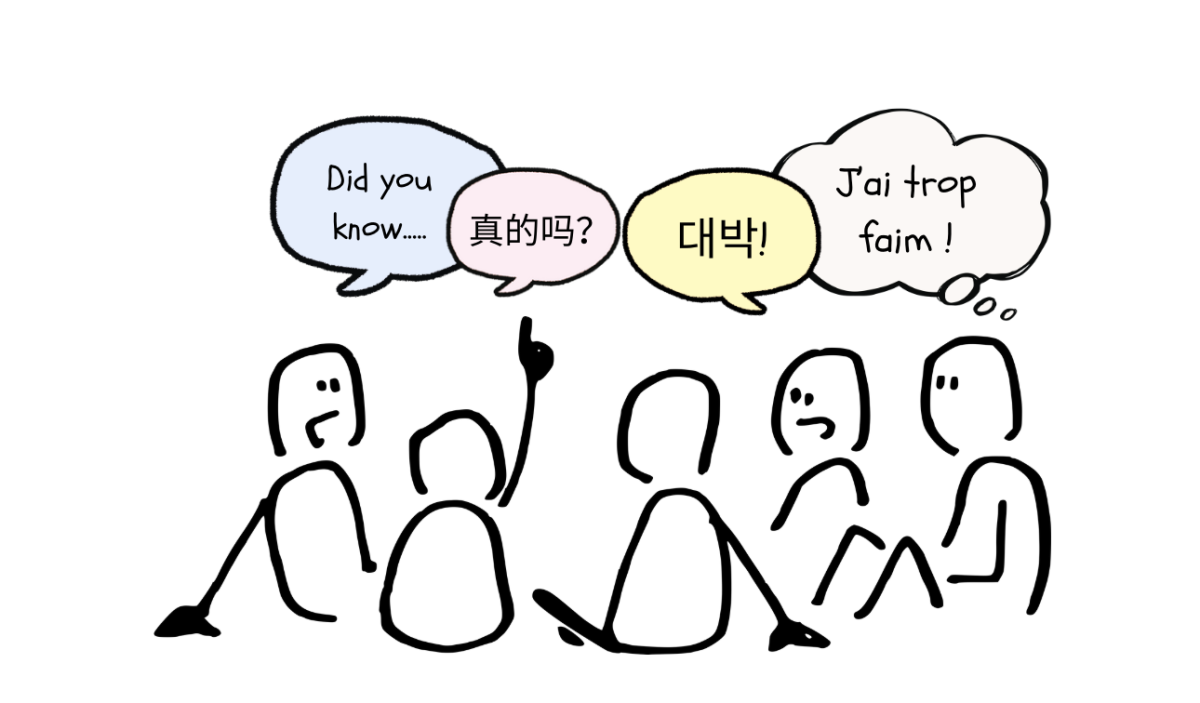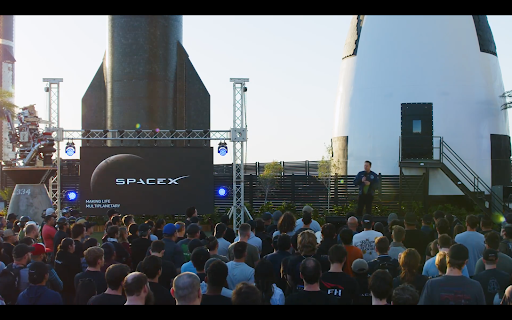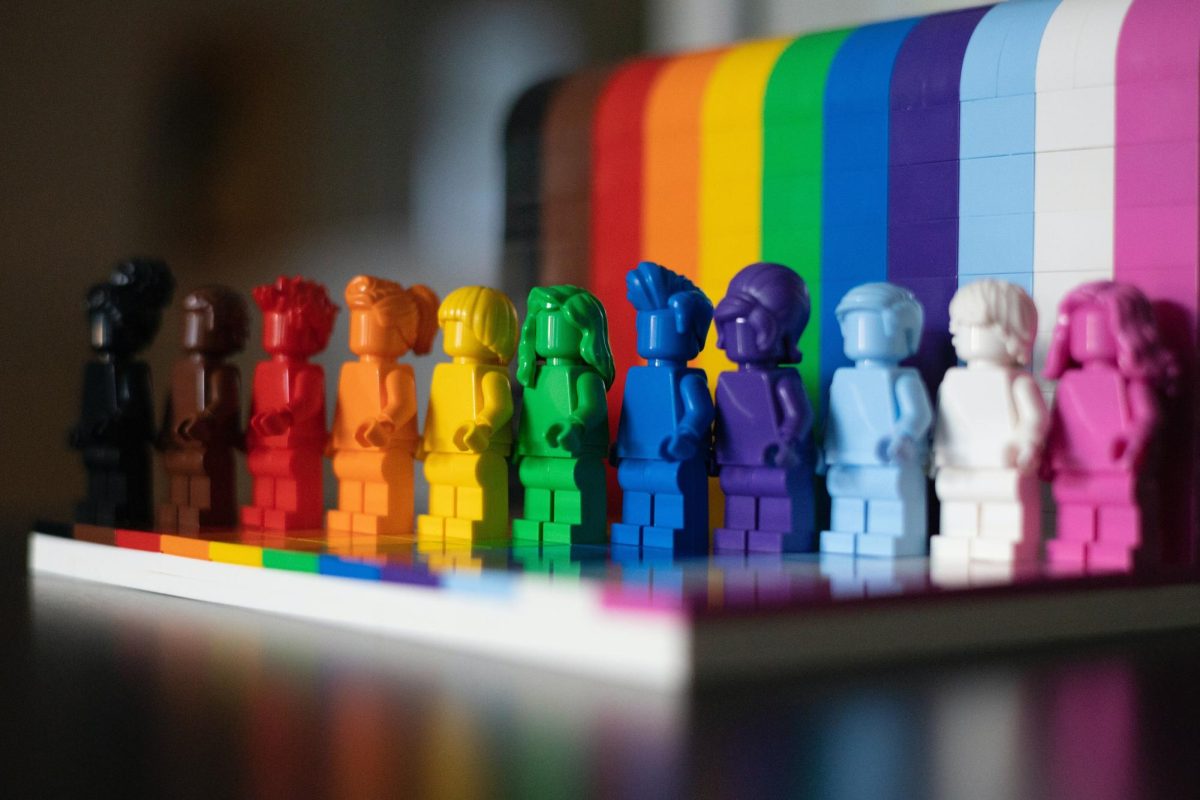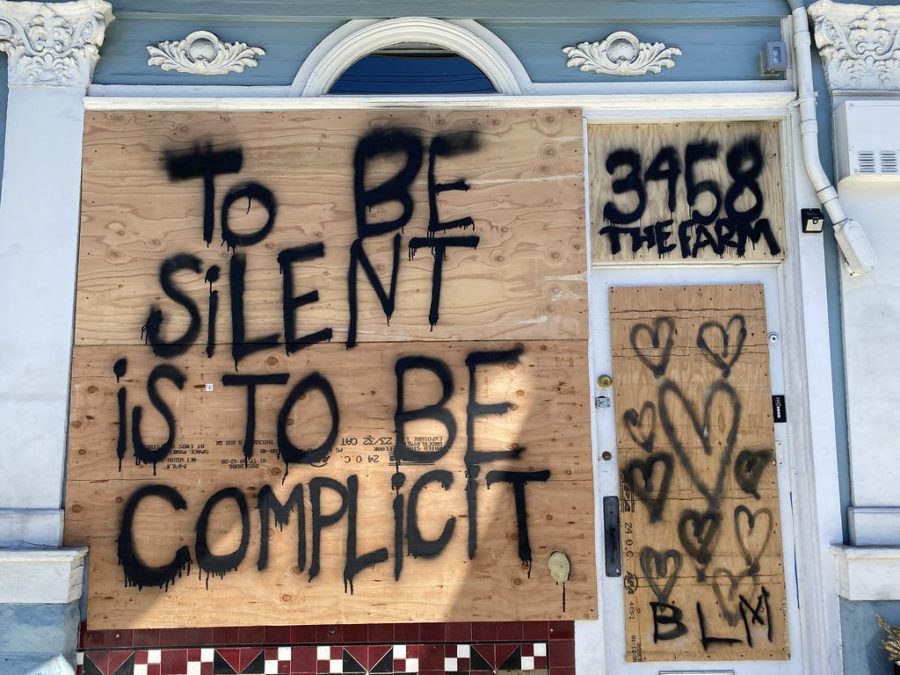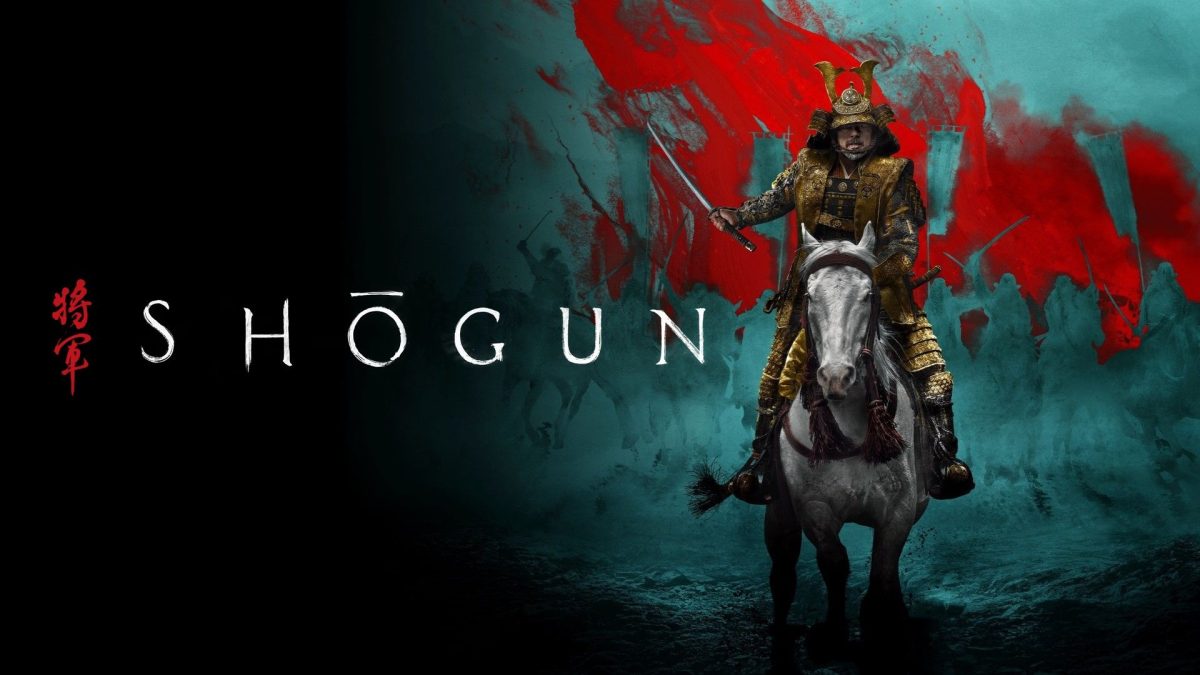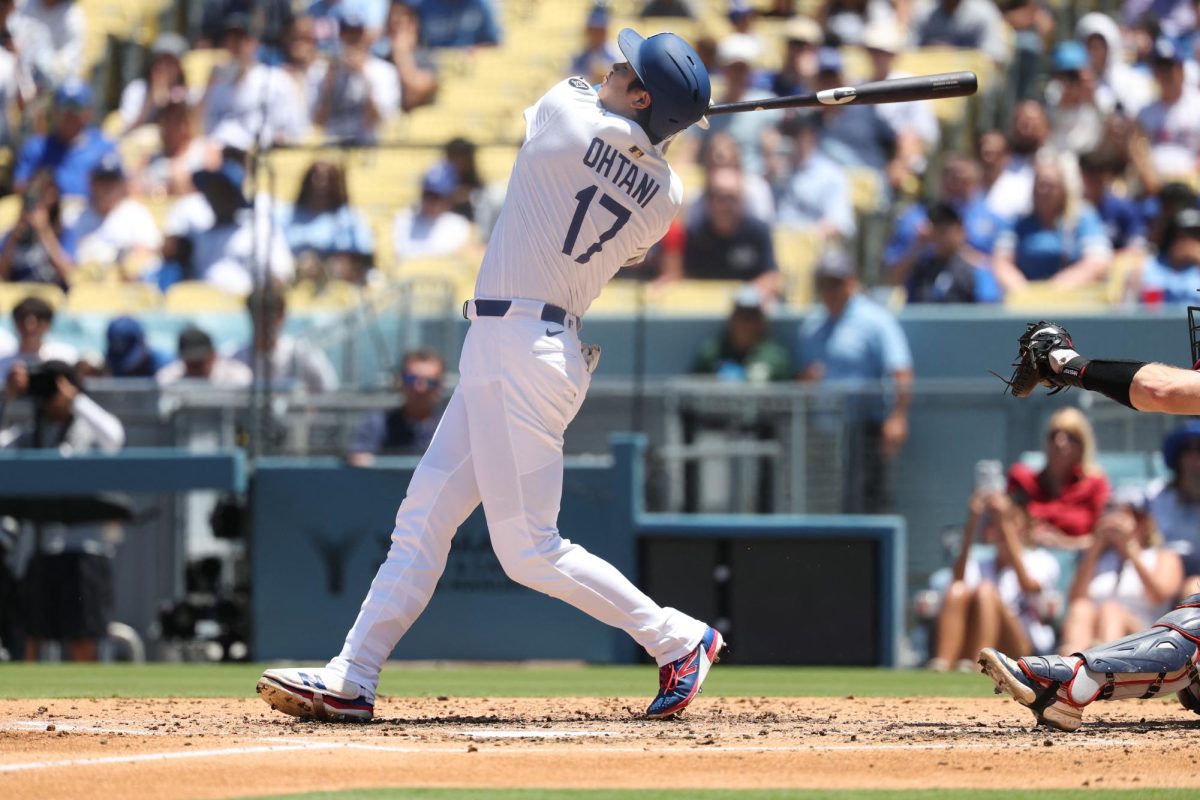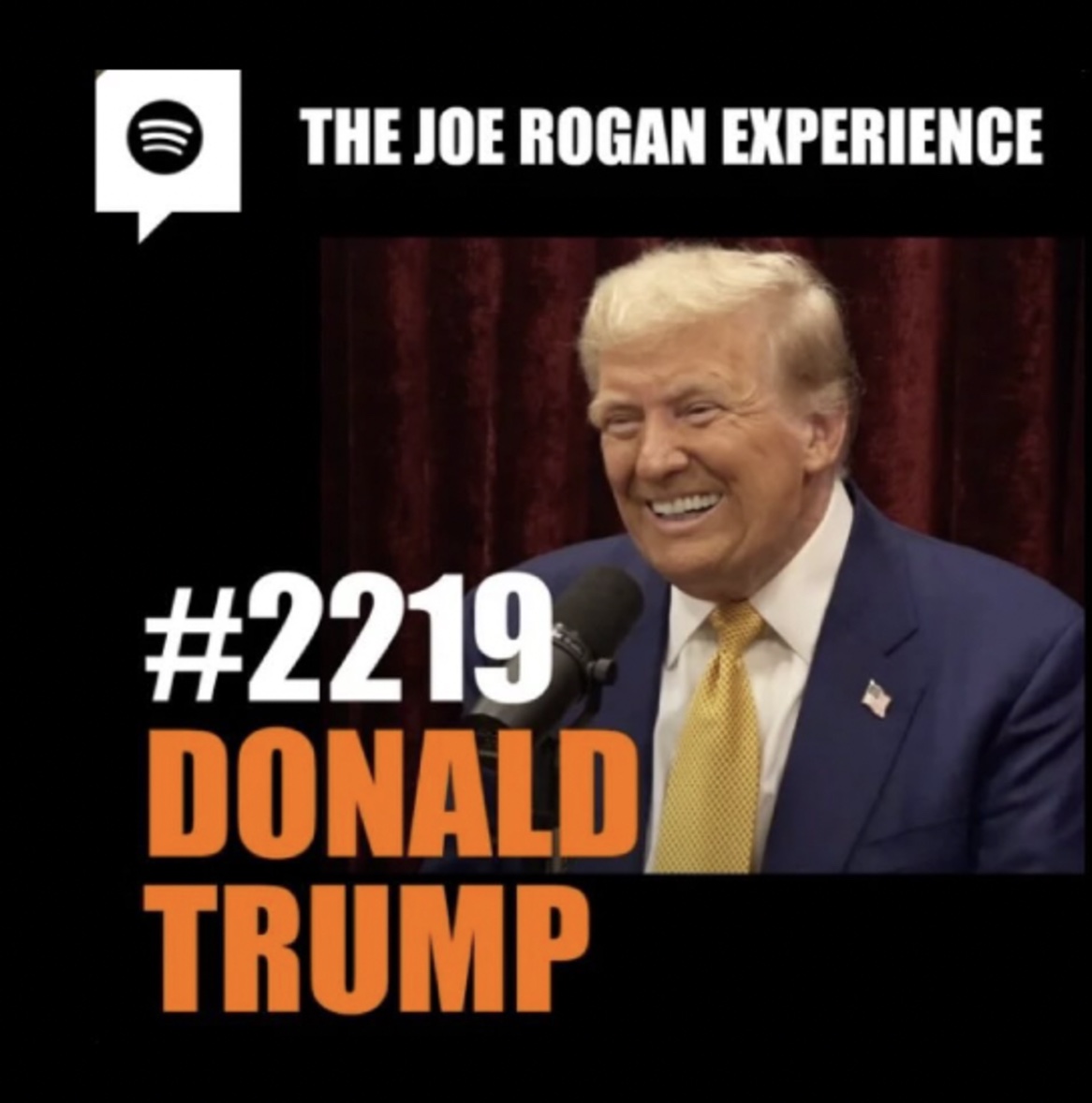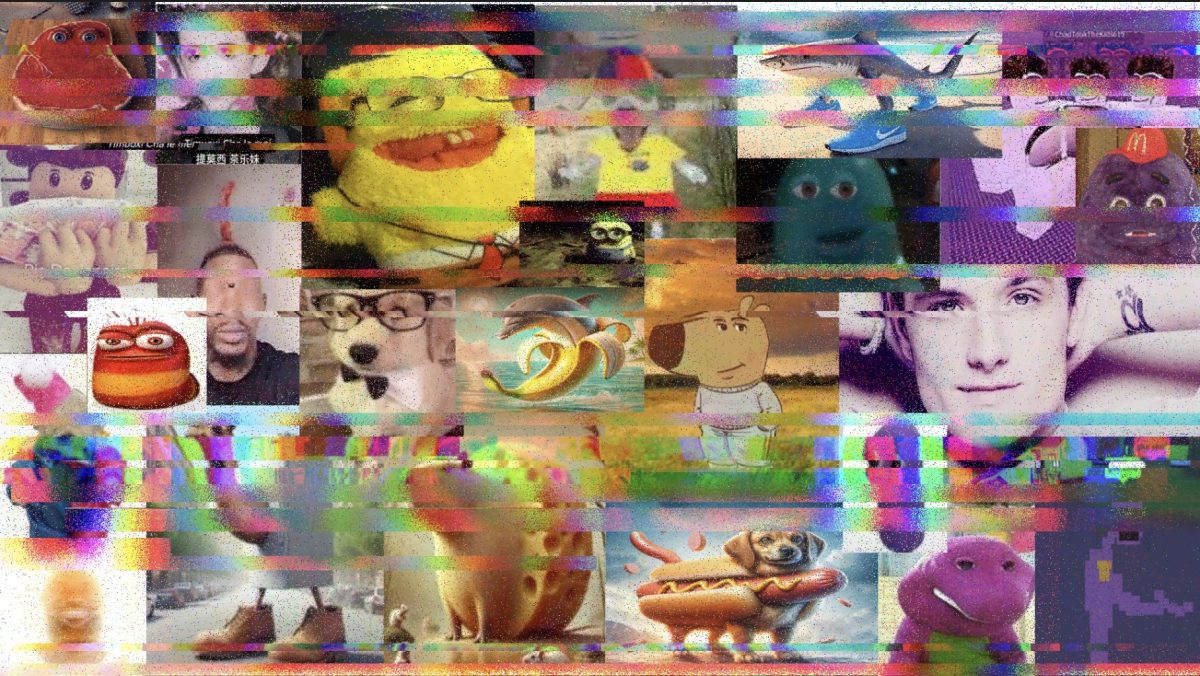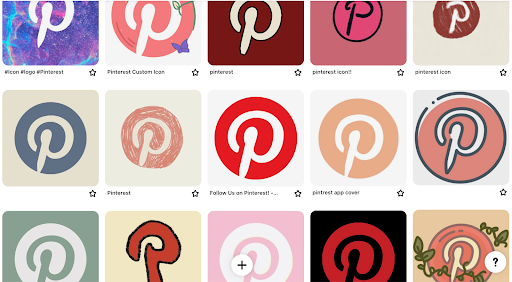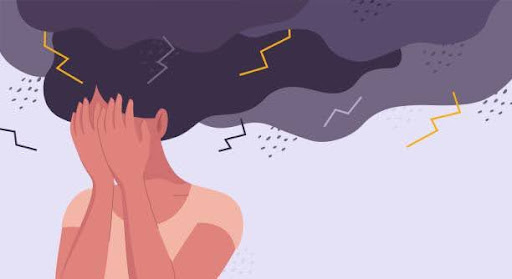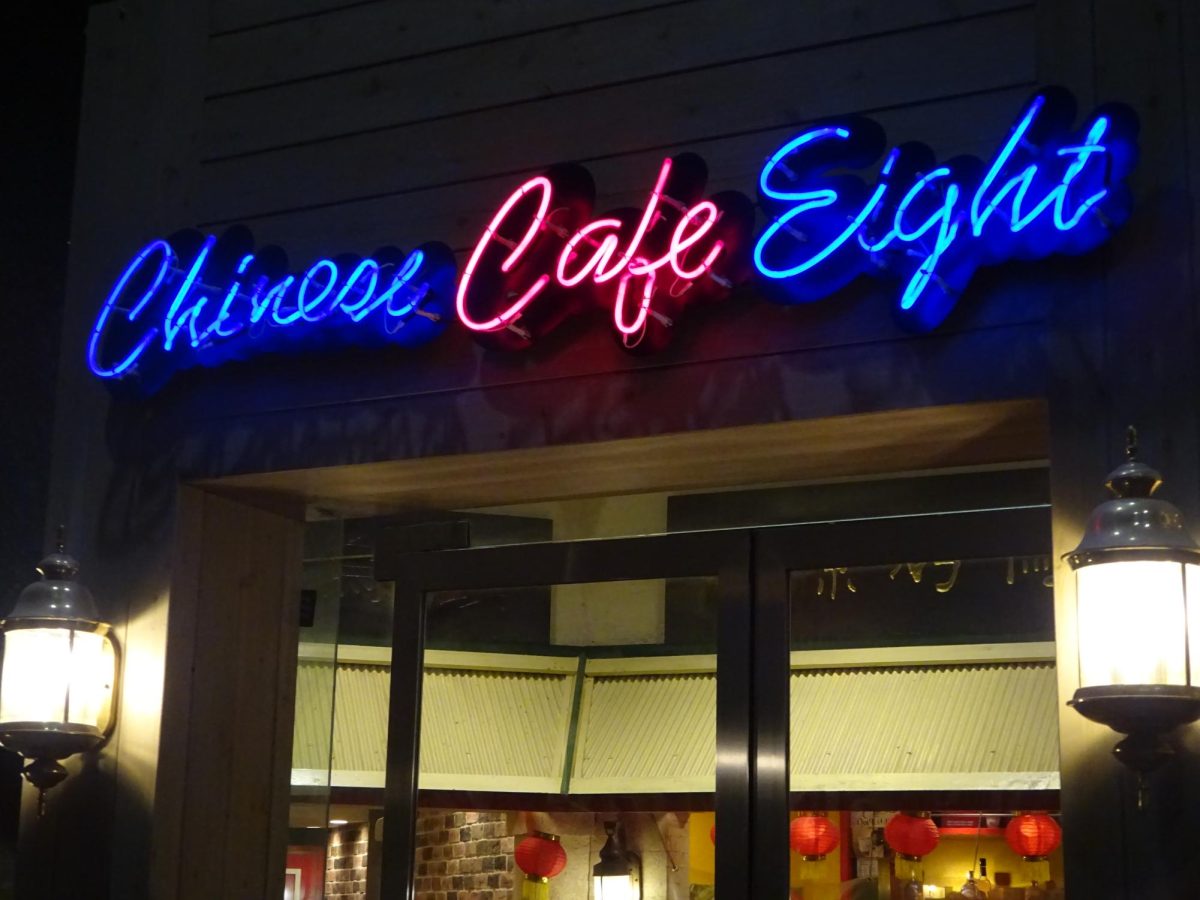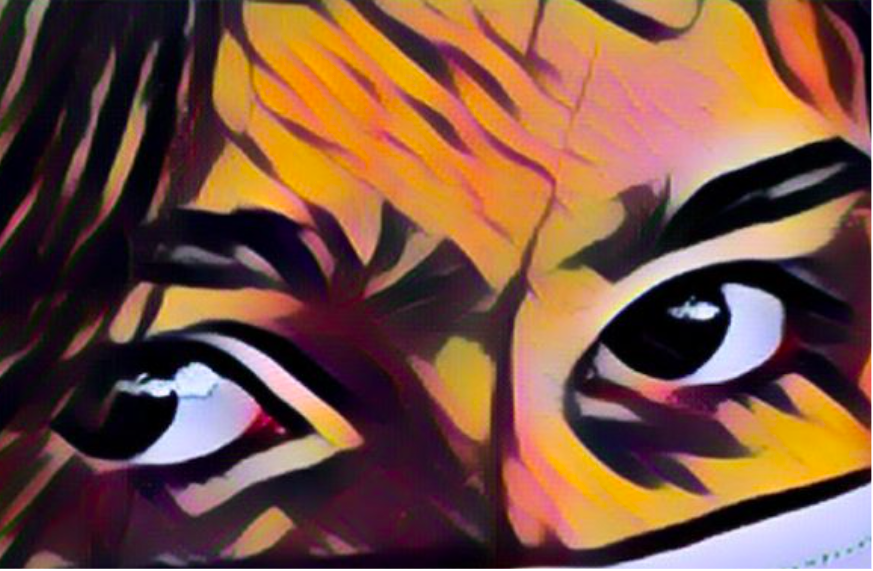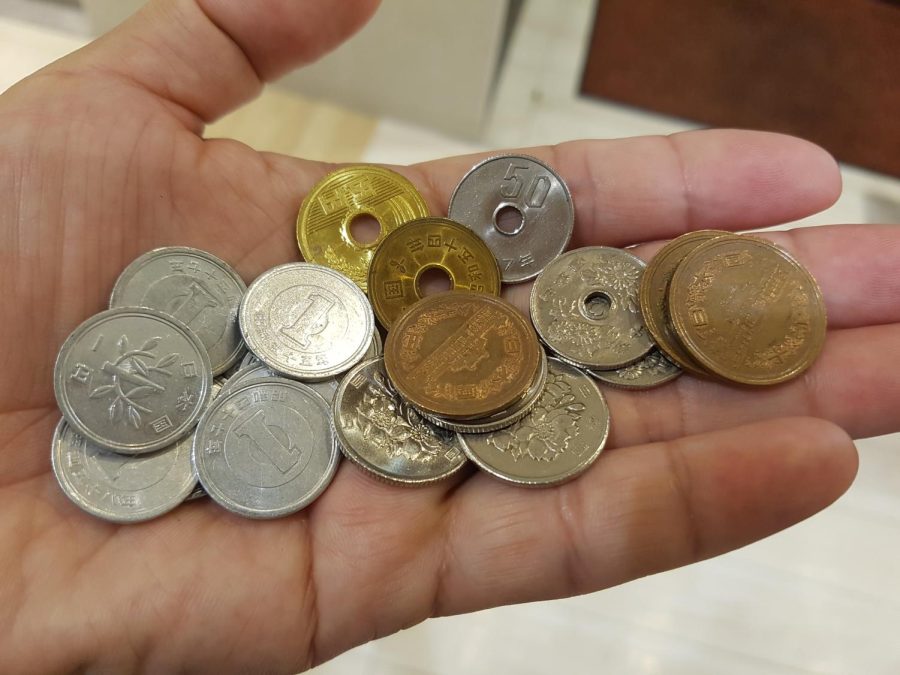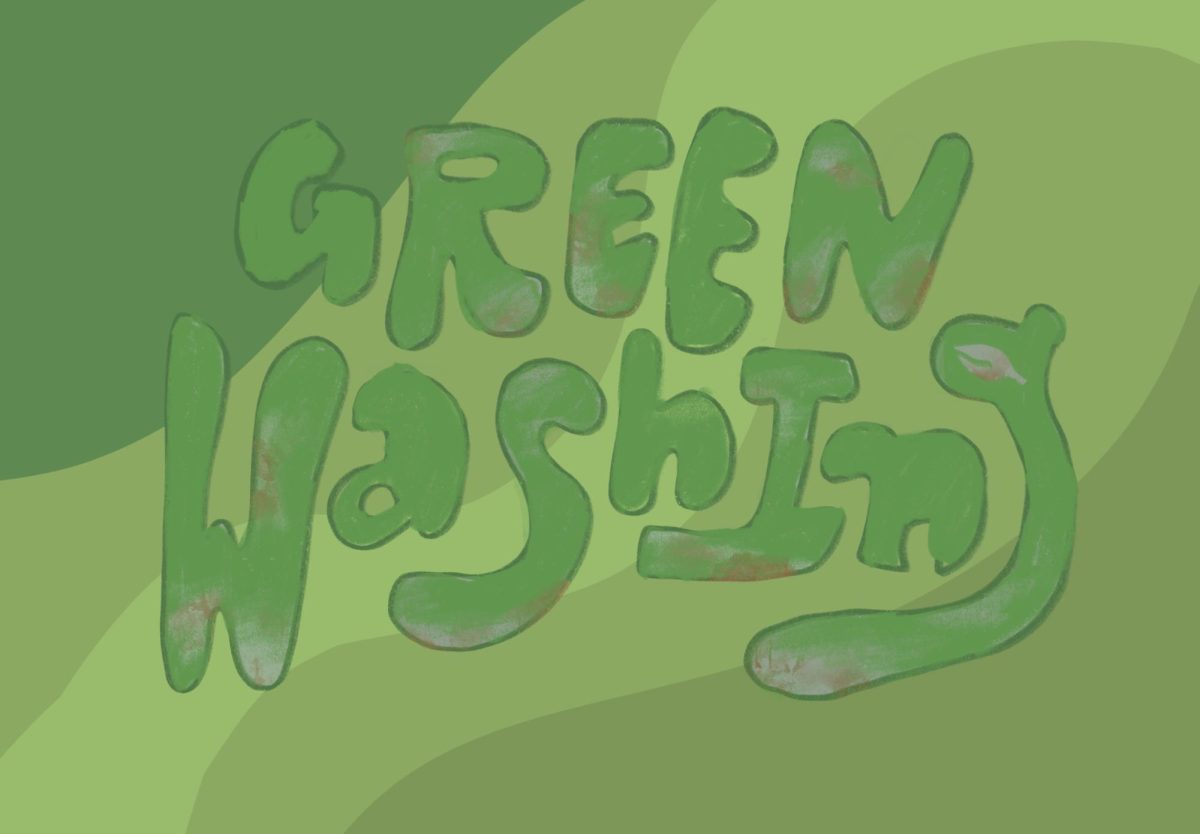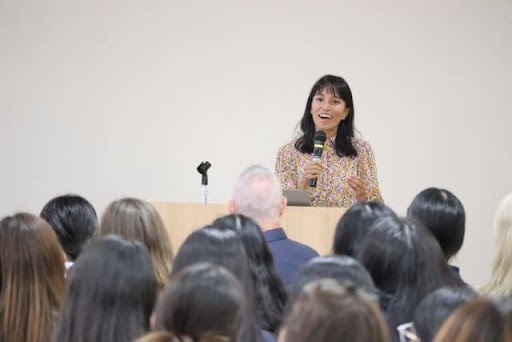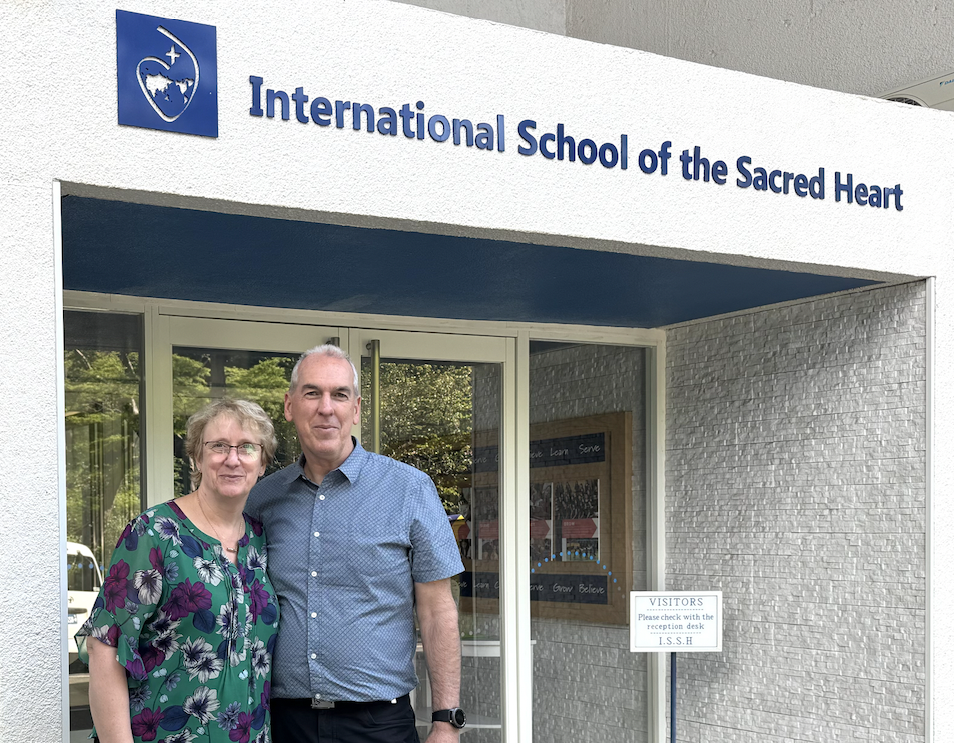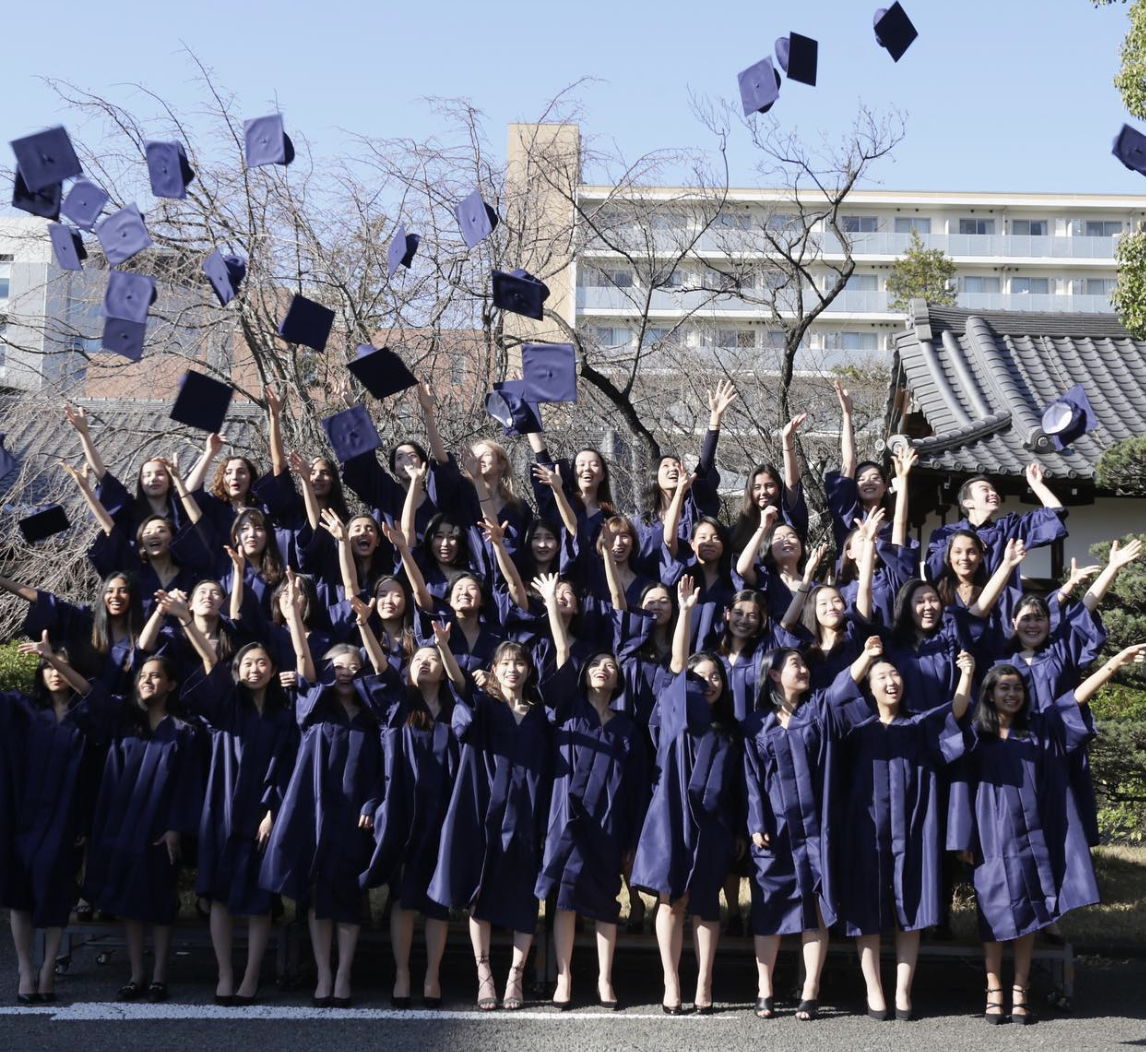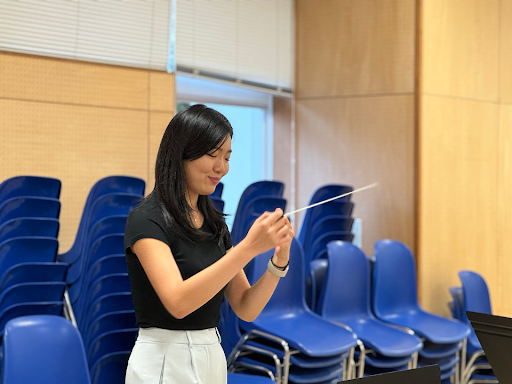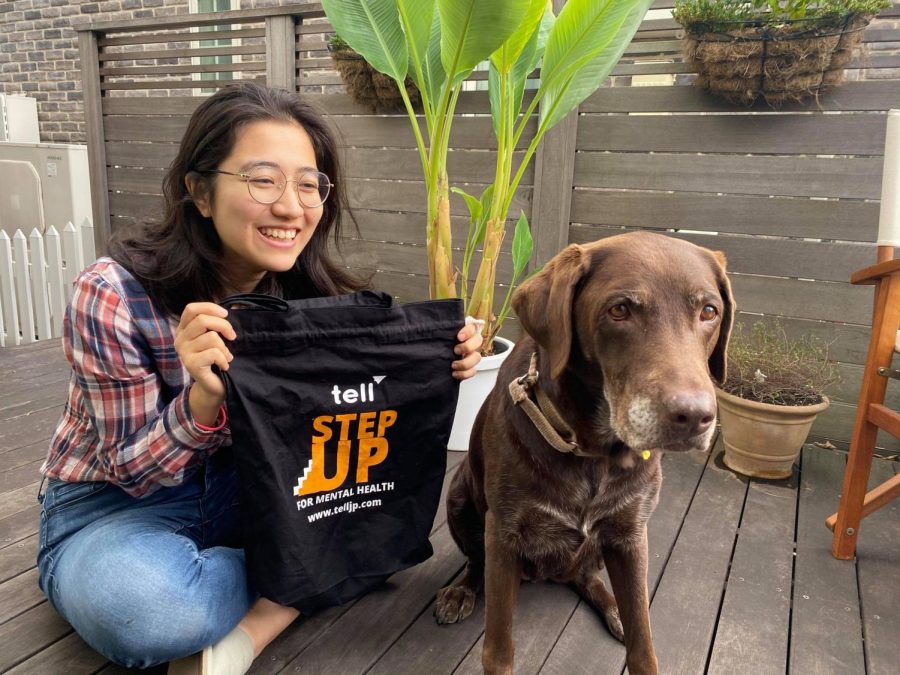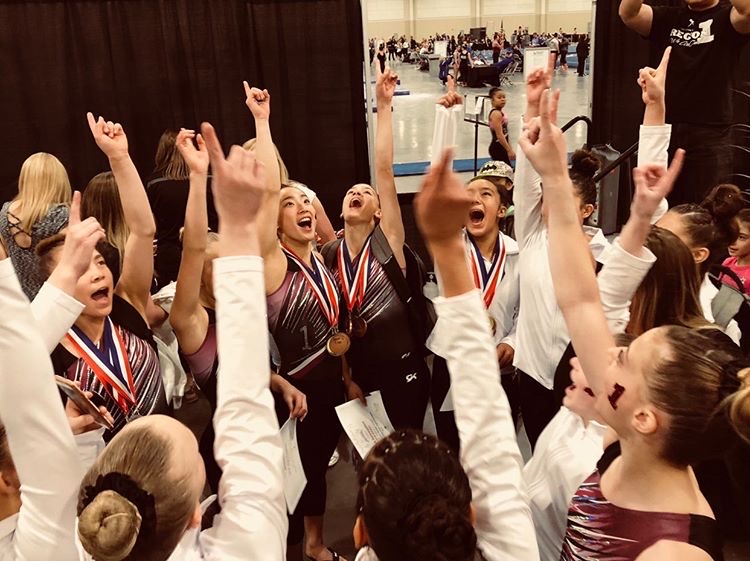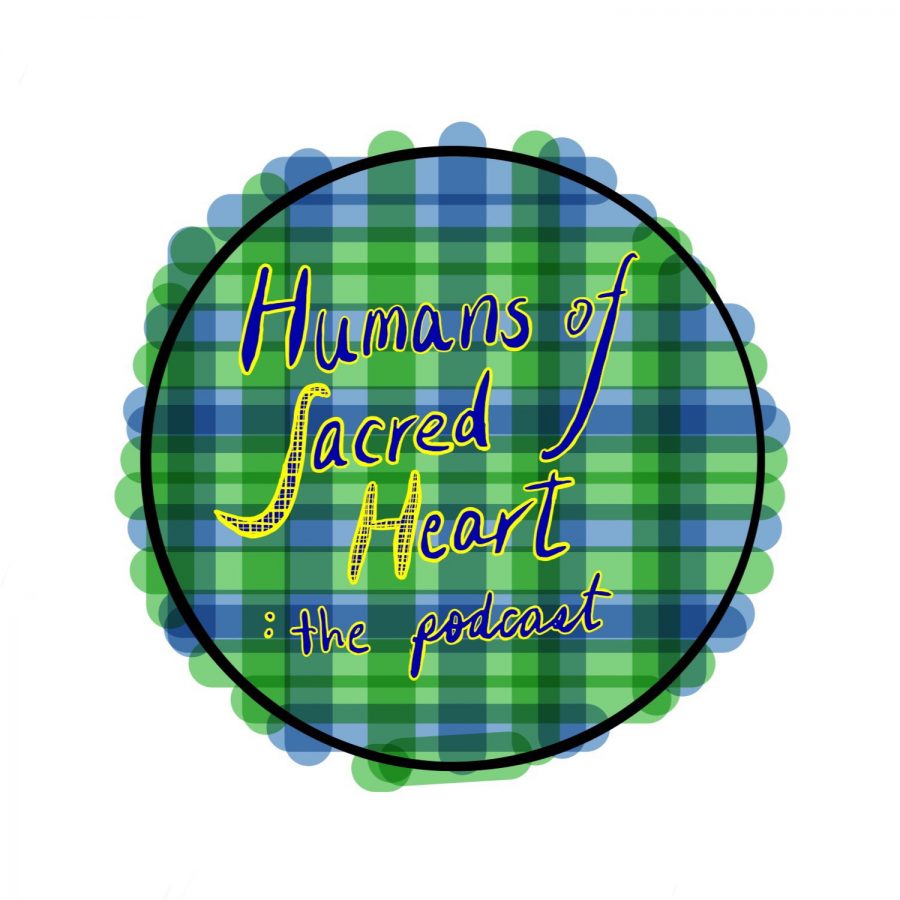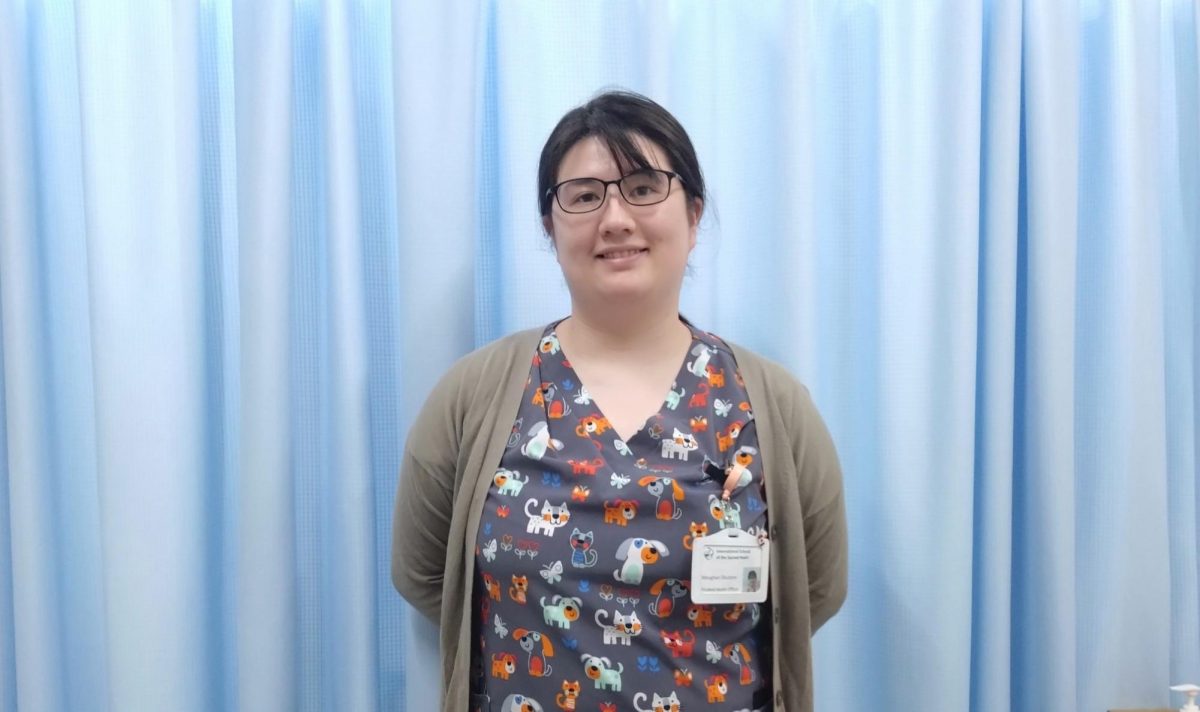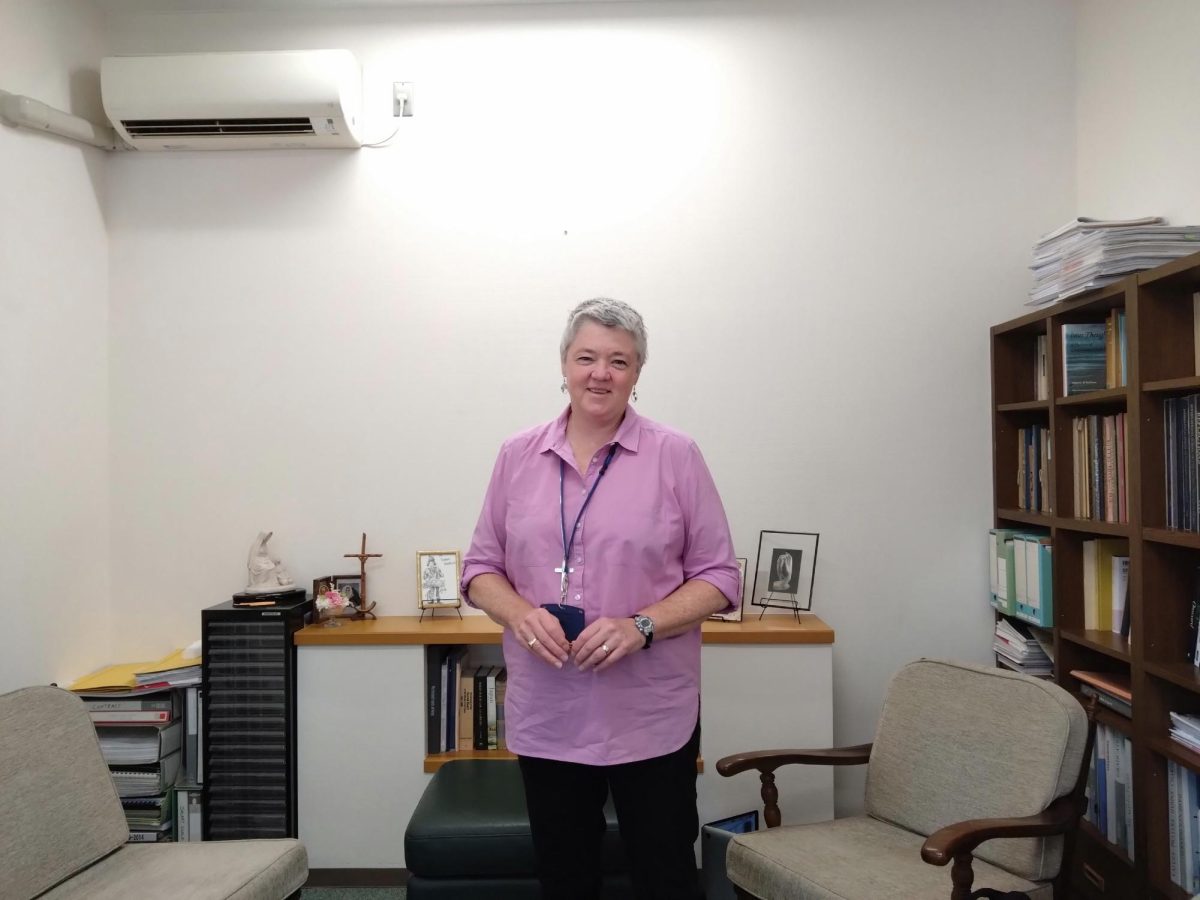That’s the percentage of users aged 13-24 that have left Facebook since 2015.
This is the percentage increase of users aged 13-24 on Pinterest since 2015.
Millennials and Gen Z are turning to Pinterest at a disproportionate rate. The possibilities seem endless for this artsy, bubbly, and cuter competitor of larger social networking corporations. Pinterest has successfully avoided the distressing headlines and lawsuits that have plagued Facebook and Twitter, while growing a diverse audience and marketing space. How?
When first pitching to investors in 2019, Pinterest boasted its fierce content moderation policies and its risk-averse strategy when it comes to the spread of misinformation, sheltering it from the vulnerability that has plagued other social media platforms such as Facebook and Twitter. After a mild scandal in 2016 where Russian propaganda promoting Trump and anti-Hillary Clinton content ended up on Pinterest and saved to unsuspecting American Pinterest boards, Pinterest has taken measures to report any potential red flags within their website. Anything reported or viewed as potentially problematic is immediately removed to avoid lawsuits. The instantaneous removal of harmful posts cultivates trust within their pinners.
The words associated with most social media in 2025 include “doom-scrolling,” “depression,” “lonely,” and “fake.” In a survey conducted at the International School of the Sacred Heart, students and faculty alike used words such as “inspiration,” “relaxing,” and “aesthetic” to describe Pinterest. One student contrasted Pinterest with other social media apps, claiming it to be “not as toxic.”
Researchers have agreed for years that the internet has served as a venue for hate speech, propaganda, and general negativity. Professor of communication and rhetorical studies at Syracuse University, Whitney Phillips defined the internet as a “toxic hellscape” in an article for Wired Magazine. Pinterest seems to be an exception.
Explanations as to why Pinterest is a more wholesome corner of the internet vary amongst Sacred Heart students and faculty members. One student said Pinterest “is definitely less demanding. It always feels like going on Instagram or TikTok uses up too much of my energy on such minute things.” Another added, “I don’t have to watch annoying videos of an influencer talking.” Many students made remarks about Pinterest being less social and interactive with fewer comments and less room for negativity. Pinterest also identifies as less social than other social networking corporations. In their colorful annual advertising guide, Pinterest boldly asserts that they are not social media but rather a “home of inspiration.”

Pinterest makes an effort to highlight and promote pins that fit its criteria of being visually appealing, original, positive, relevant, and actionable. It seeks to promote creativity, and its mission appears triumphant. Eighty percent of responders within the International School of the Sacred Heart shared that Pinterest has improved their creativity.
During the pandemic, a time when people lacked access to their normal creative outlets, many sought out new hobbies. In a time of lost hope, Pinterest provided a new hobby – planning future activities. Pinterest attracted generations from baby boomers to Gen Z, all searching for an outlet of creativity in a dark and sometimes lonely time. Pinterest has always seen high engagement with mental health posts, but during the pandemic, the app’s ability to help people escape from reality resulted in extra mental health benefits.
Hannah Giorgis at The Atlantic explained how Pinterest helped those struggling to envision a future that was better than the present. At an unpredictable and frightening time, it provided an escape. Moms around the world described Pinterest as a “productive form of distraction.”

While Pinterest has consistently focused on boosting younger engagement, the planning aspect of the app helps older generations stay grounded. Pinterest focuses on arranging their app in a calming, consistent order without the clutter and unpredictability that can be overstimulating for those new to social media. Compared to the fast pace of other social media apps, Pinterest shows all the steps and provides an easy way to plan your goals rather than just promoting an end result.
In a world where hate speech is trending, Pinterest not only avoids the “toxic hellscape” often perpetuated by social networking corporations, but counteracts negative comparison culture by promoting digital creation through vision boards of dreams and goals instead of fixating on results. Whether helping Gen Z plan out their Y2K closet, or updating Gen X on the next 10-minute healthy breakfast, or helping boomers finally plan their trip to Paris, Pinterest helps generations connect, create, and inspire others. As a result, Pinterest has arguably gained the most age-diverse audience from great-grandparents to pre-teens and is only growing.

